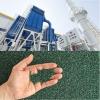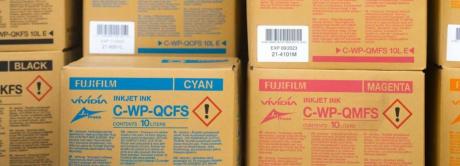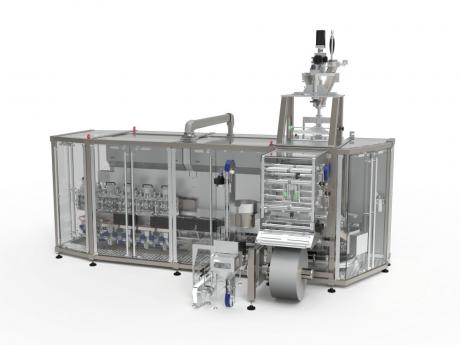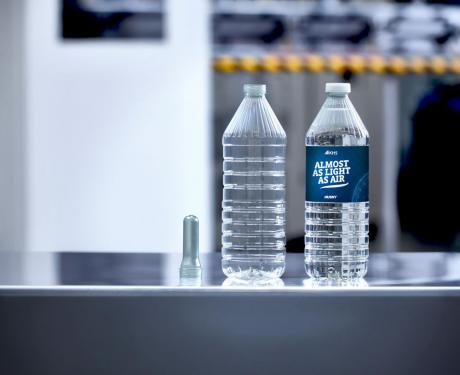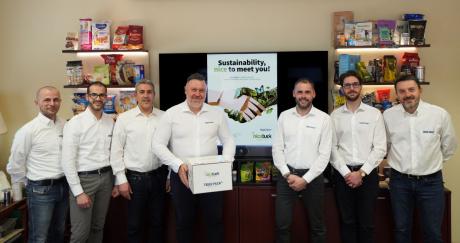When aiming to achieve very high levels of productivity, quality and flexibility, B&R mechatronic transport systems come into play: SuperTrak, AcopoStrak e Acopos 6.
SuperTrak is the first system that already 20 years ago exploited electromagnetic field technology in automation projects. This solution consists of segments and carriages that can be controlled independently, in order to guarantee flexibility and efficiency in terms of production and energy consumption.
AcopoStrak follows the same technological approach as the SuperTrak, but it is bigger, scalable and flexible thanks to hot swappable shuttles. This solution, introduced in 2019, today comes with a high protection rating and will be soon available in the wash-down version for critical applications. AcopoStrak offers greater design flexibility thanks to its diverters, i.e. devices that allow high-speed shuttles to be diverted like trains on tracks, making this system unique.
In 2021, Acopos 6D was added to the family of B&R transport systems, a solution based on the principle of magnetic levitation, adding more degrees of freedom compared to segment-based systems. In fact, shuttles integrate permanent magnets that keep them suspended above the continuous surface created by the segments of a motor. As a result, the process area becomes multidimensional and the boundaries between transport and process disappear.
But are these systems also sustainable? Does optimised production mean being green, too?
The perspective is that of energy saving at the drive level, which is not only the result of latest generation technology, but also of the optimisation of the production process thanks to the "batch size one" concept, an unprecedented customisation level. In fact, small batches that provide the same profit margins as mass production make it possible to avoid the storage of unsold products and to respond to market demands in a timely manner. Small batches also enable the producer to avoid unnecessary waste that is impossible to eliminate from today’s storage centres. Usually, in mass production factories, the products are loaded into containers and shipped to repacking areas. Here, these containers are thrown away and the products are placed in their final packaging to be shipped to distributors or stores.
This optimisation of the production process is the key to reducing waste, a fundamental pillar of the fight against waste, also understood as the dead times linked to the search for faults and, once found, the consequent re-tuning of the machine parameters. In addition, advanced features such as anti-sloshing make it possible to obtain a precise control of liquid or granular products, which translates into percentage points of plastic saved, thanks to the creation of packaging which is perfectly adapted to the product. Production flexibility, which allows these levels of customisation, is the key to avoiding unsatisfactory production processes in terms of efficiency, also by combining the optimisation of machine footprints. Especially in the case of Acopos 6D, the handling on a lane (instead of in-line, as usual) also optimises production times by avoiding unnecessary bottlenecks.



